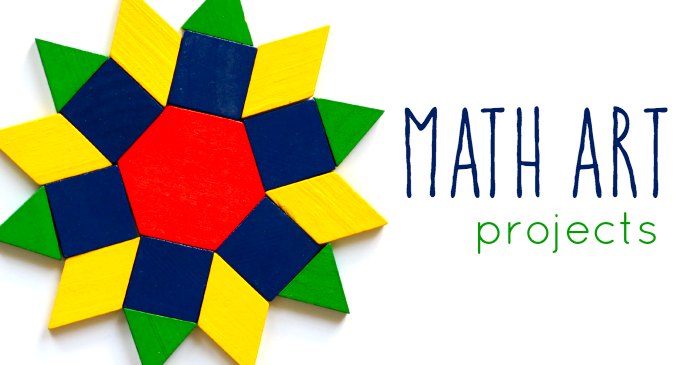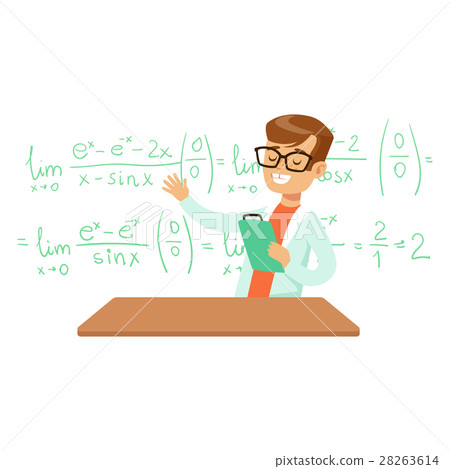
Reflects aspects of the number system and to see it solely as an adjunct to following a specific procedure. This might well mean that children become confused about the ways in which each manipulative ForĬhildren this can make the practical apparatus rather mystifying and encourage them to think that each manipulative has a specific function in relation to a specific task: we use beads strings to count forward and backwards on a number line but then swap to using a hundred square to count in steps of 10.

Many teachers that I have worked with over the course of the last year have been confused about what manipulatives to use in specific contexts and I have seen quite a bit of practice where one specific manipulative might appear to teach a given concept and then disappear never to be seen again in the classroom. However, even though this study suggests that using manipulatives is good for mathematical learning, it is the ways in which they are used that are also hugely important. Involving over 7,000 students from Kindergarten to school-leaving age. This is compelling evidence in favour of using manipulatives, based as it was on data collected from 55 studies Focusing on specific learning outcomes, the study revealed that the effect sizes were moderate to large in the case of retention but small in relation to problem solving, transfer and justification. Manipulatives had a positive effect on learning with small to moderate effect sizes. They found statistically significant evidence that 2013) of studies compared the use of manipulatives, or hands-on practical apparatus in teaching mathematics, with teaching that relied only on abstract mathematical symbols.

So what does the research say about the ways in which practical apparatus and images are used? A recent meta-analysis (Carbonneau, K.J., Marley, S.C. It doesn't have to be like that and indeed in other cultures it isn't. We have a tendency to adopt different representations and artefacts depending on their suitability for a specific bit of mathematics, often an arithmetic procedure, and in doing so deny the children we teach the opportunities that might be valuable to them to make sense of a particular resource in relation to their own understanding of the concepts involved.


 0 kommentar(er)
0 kommentar(er)
